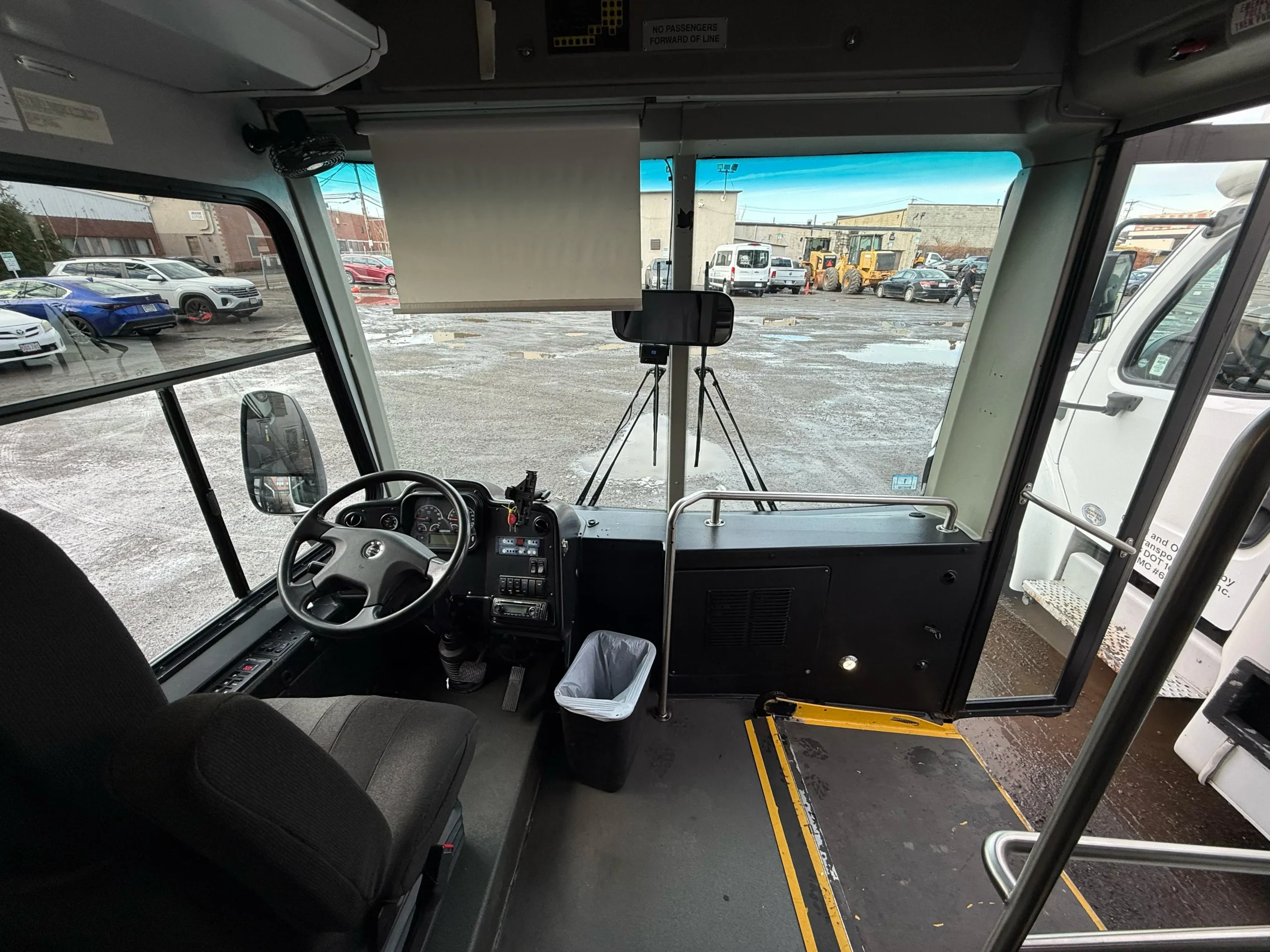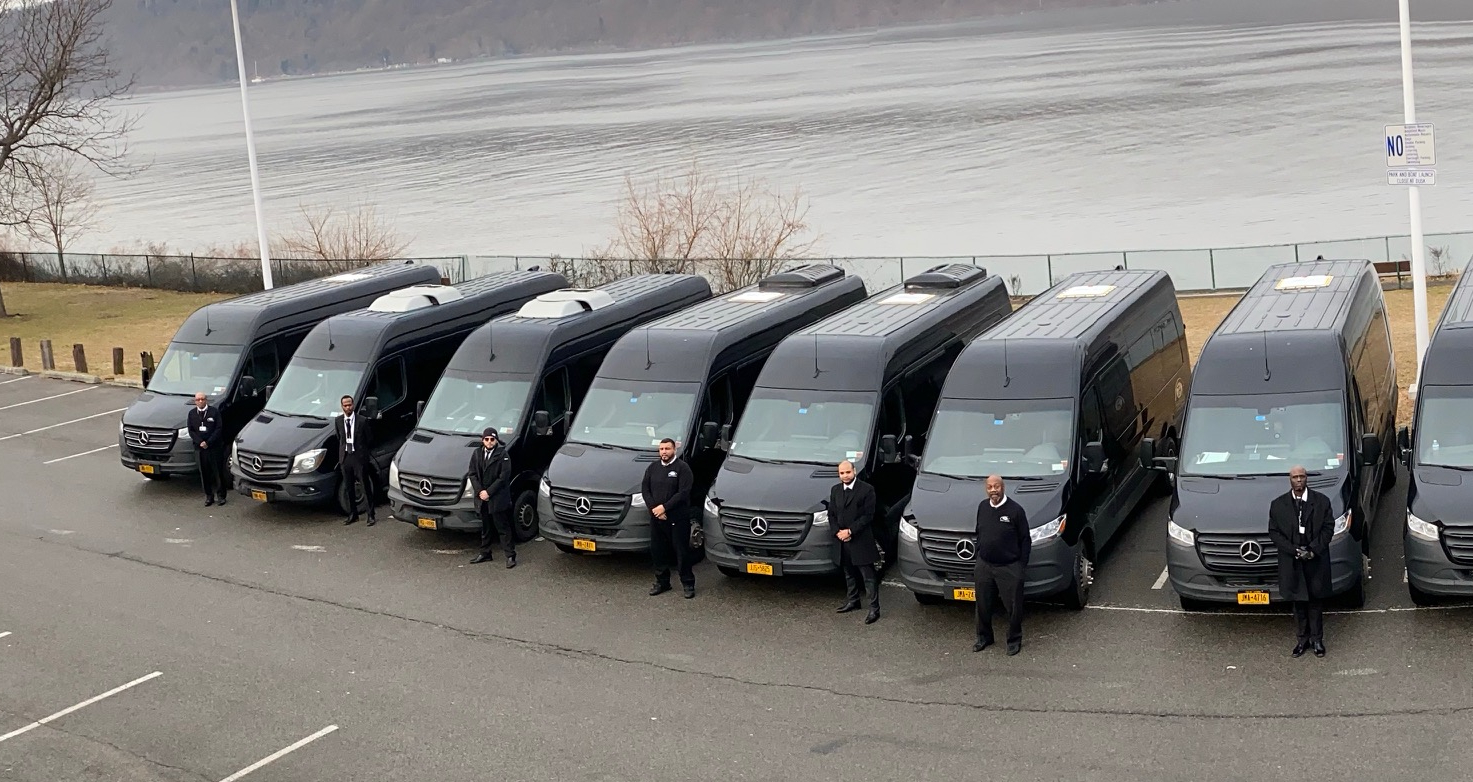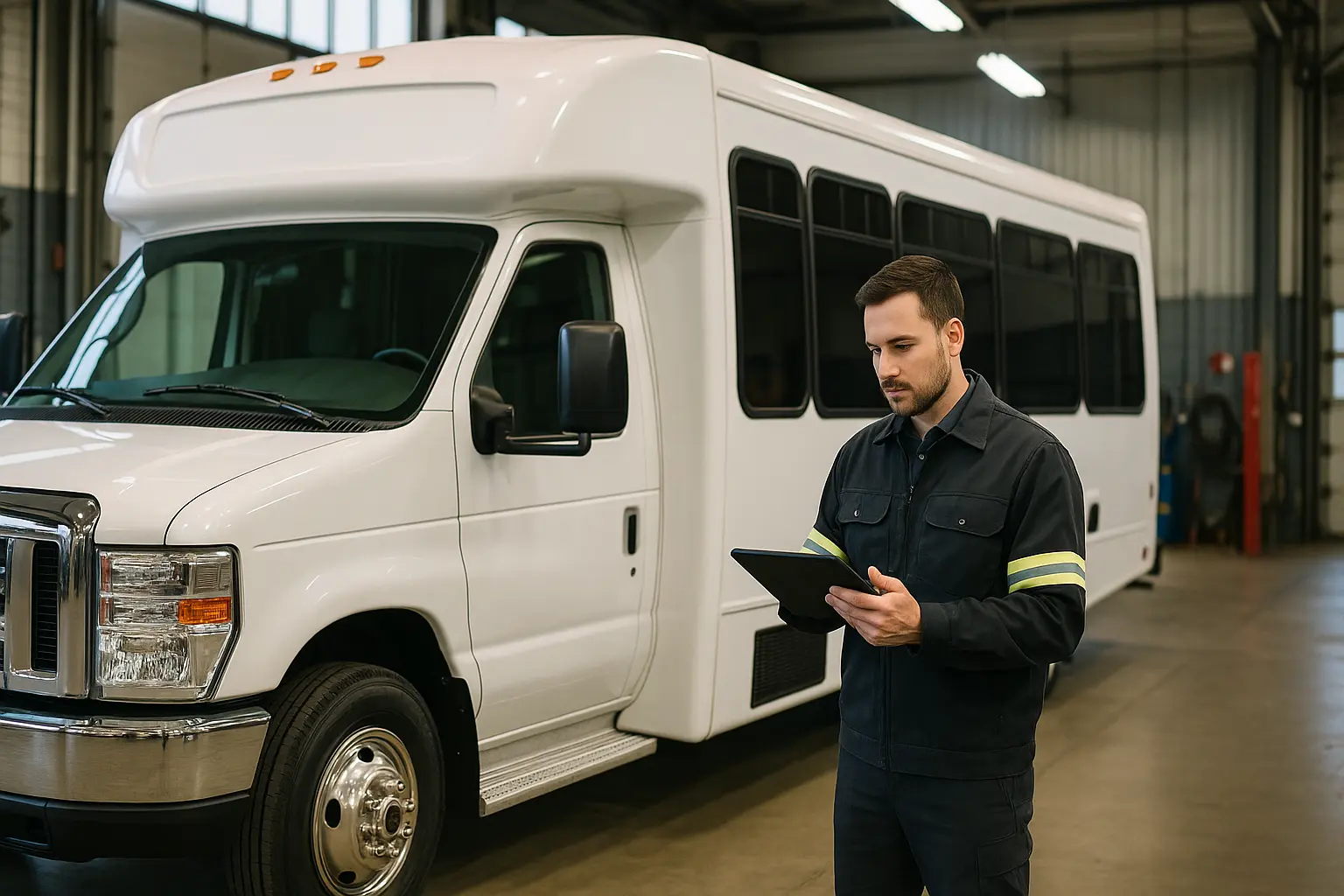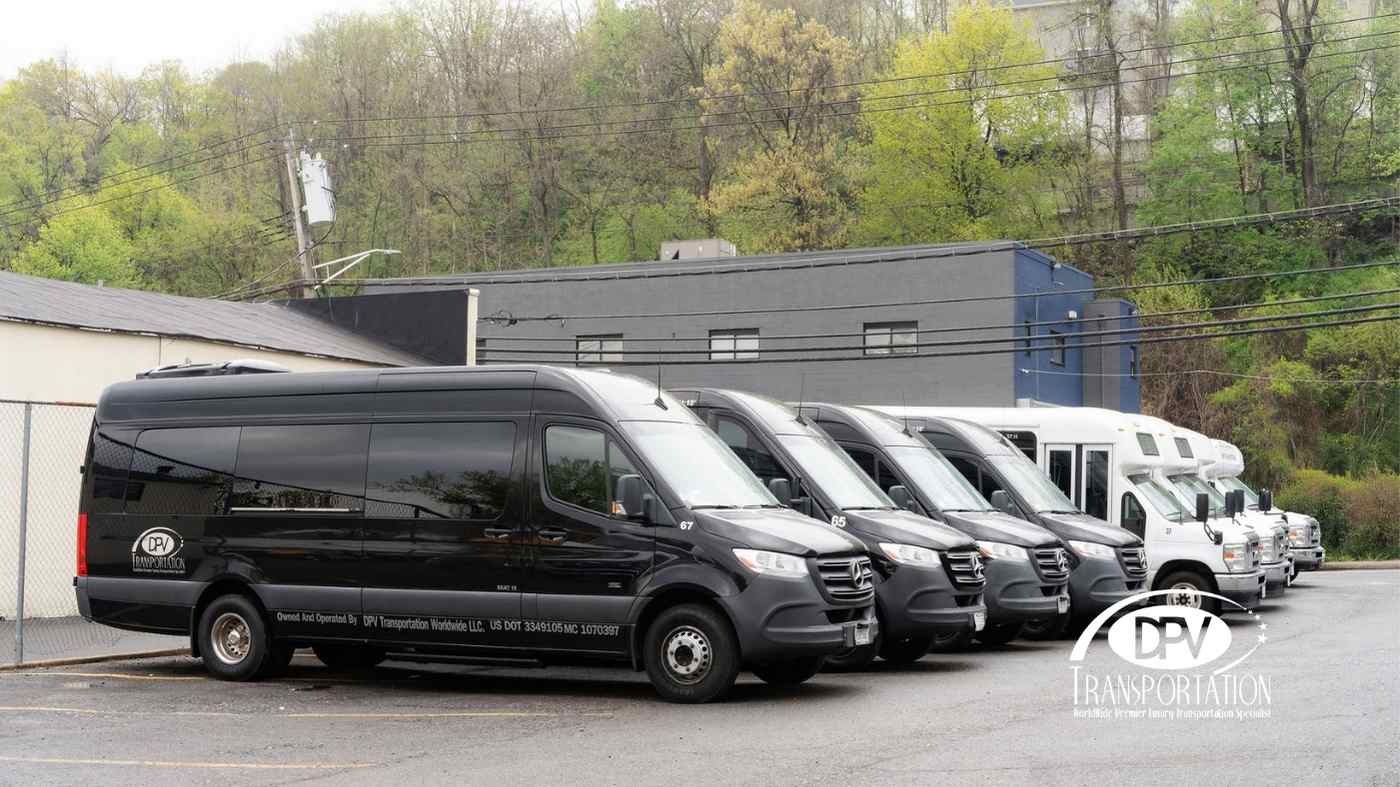The Future of Parking: How AVs Will End the Search for a Spot

Goodbye to the Parking Headache
Finding a parking space is one of the most frustrating aspects of city driving. Studies suggest drivers can spend up to 17 hours per year searching for parking, wasting fuel, money, and patience. But autonomous vehicles (AVs) promise to make this annoyance a thing of the past. With advances in self-driving technology, connected infrastructure, and AI-powered navigation, the future of parking could be completely automated.
Why Parking Is a Perfect Problem for AVs to Solve
- Urban congestion: In busy cities, up to 30% of traffic at peak times comes from cars circling in search of parking.
- Driver limitations: Human drivers often avoid tight spaces or poorly marked lots, leaving valuable real estate unused.
- Time & stress: Parking hunts cause delays and increase stress for both drivers and pedestrians.
Autonomous cars eliminate these issues by taking over the entire parking process—from locating an open spot to performing precision maneuvers.
How Autonomous Parking Works
Autonomous parking is already being prototyped in high-end vehicles, and research shows promising progress (Springer 2023)
- Detection & Mapping:
Using LiDAR, ultrasonic sensors, and cameras, the car creates a 3D map of the parking environment. - Path Planning:
AI-driven algorithms calculate the safest, most efficient trajectory into the space—even if it’s extremely narrow. - Execution:
With precision steering and control, the AV maneuvers into the spot smoothly, without the hesitation or errors of a human driver. - Communication
Through vehicle-to-infrastructure (V2I) networks, AVs will one day reserve spots in advance, receive availability updates in real time, and even coordinate with other cars to avoid congestion at parking facilities
Real-World Applications Emerging Today
Autonomous Valet Parking: Imagine being dropped off at the front door of an office, airport, or shopping mall while your car takes care of the rest. With autonomous valet parking, the AV navigates itself to a designated lot or garage, parks precisely, and can even return when summoned via an app. Pilot projects in Europe and Asia have already tested this concept, with promising results. Tesla’s Summon feature is one of the early consumer-facing examples, allowing owners to call their cars out of tight parking spots or direct them to a location within a few hundred feet
Smart Parking Garages: Designed with AVs in mind, these garages pack cars more tightly since vehicles don’t need doors clear for human exit. Traditional garages are designed with human drivers in mind—requiring space to open doors, turn in tight areas, and accommodate driver visibility. AV-ready smart garages flip this logic. Because passengers exit before the car parks, AVs can fit into narrower spaces and align more efficiently, maximizing capacity. This could cut garage footprints by up to 30%, saving valuable urban land. Some designs even integrate robotic lifts and turntables to reposition AVs with minimal wasted space.
Shared Mobility Fleets: Robo-taxis and shared autonomous shuttles won’t need to sit idle at curbsides waiting for the next rider. Instead, they can reposition themselves to less congested areas, drive to charging stations, or move into storage facilities during off-peak hours. This not only reduces clutter in downtown zones but also ensures fleets are charged and ready for demand surges. With vehicle-to-infrastructure (V2I) and vehicle-to-vehicle (V2V) communication, these fleets can coordinate movements to avoid traffic bottlenecks while distributing themselves strategically across a city.
Recommended Read: The YOLO Algorithm in Autonomous Vehicles
Benefits Beyond Convenience
Reduced Congestion: Parking-related cruising is a major contributor to city traffic—studies show it can account for up to 30% of urban congestion during peak hours. By removing the need for drivers to circle blocks in search of a space, autonomous vehicles streamline traffic flow. Instead, cars drop passengers at their destination and head straight to a predetermined spot, reducing unnecessary miles on crowded streets and freeing intersections from bottlenecks. (MDPI 2022)
Optimized Space Usage: Human drivers need extra room to open doors, adjust mirrors, or make wide turns into stalls. AVs don’t. They can park within millimeters of each other, like perfectly aligned puzzle pieces, and even stack vehicles more efficiently in garages. This precision parking could shrink the need for sprawling surface lots and allow cities to reclaim valuable land for parks, housing, or commercial use, fundamentally changing urban design.
Environmental Gains: Every minute spent circling for parking burns fuel and adds emissions. In the U.S. alone, this equates to millions of tons of CO₂ annually. By directing cars to available spaces—or even better, letting them park themselves in remote lots—autonomous systems cut those wasted miles. Paired with the rise of electric AVs, this shift could make parking not just smarter, but cleaner, accelerating the push toward greener cities.
Free Tool: Calculate Your Annual CO2 Emissions
Accessibility: For many people—the elderly, disabled, or those without licenses—driving and parking can be a barrier to mobility. Autonomous vehicles turn parking into a background task. Passengers can be dropped off exactly where they need to be, whether at a hospital entrance, a stadium gate, or a shopping center, without ever worrying about walking long distances from a faraway lot. This “door-to-door autonomy” is a game-changer for inclusive transportation.
Challenges to Overcome
Of course, some hurdles remain before parking is fully automated:
Regulatory frameworks: Parking is governed not only by city traffic codes but also by private property rules. For AVs to park themselves seamlessly, clear legal frameworks must be established for both public streets and private garages. Questions like “Who is liable if an AV damages another car while parking?” or “Can an AV enter a private lot without a human driver present?” still need clear answers. Policymakers, insurers, and city planners will need to collaborate on new standards that define rights, responsibilities, and enforcement for AV parking.
Infrastructure upgrades: Autonomous parking will work best when paired with smart infrastructure. Parking garages and lots will need sensors, cameras, and connectivity systems that communicate availability to vehicles in real time. Vehicle-to-Infrastructure (V2I) standards will allow AVs to reserve spots, get directions to empty spaces, and even coordinate entry and exit to avoid bottlenecks. Cities and private operators face the challenge of retrofitting existing facilities while balancing costs and long-term ROI.
Cybersecurity risks: Like any connected technology, AV parking systems are vulnerable to cyberattacks. Hackers could theoretically hijack parking reservations, disable systems, or even gain access to vehicles through compromised networks. Since AVs rely on constant data exchange with infrastructure and other vehicles, securing these channels with robust encryption, intrusion detection, and fail-safe protocols is critical. As researchers have warned, the complexity of AVs only increases the number of potential attack surfaces.
The Road Ahead
By 2030, experts predict autonomous valet parking could be a mainstream feature in urban centers. Early adopters will likely be corporate campuses, airports, and malls that can invest in smart infrastructure. Over time, as AV adoption grows, the very design of cities could change—parking lots may shrink, freeing up valuable land for parks, housing, or green spaces.
Recommended Read: How Self-Driving Cars Work – A Step-by-Step Guide for Everyone
The Future of Parking: It Will be a Thing of the Past
Autonomous vehicles are not just about getting us from Point A to Point B. They also promise to end one of the most universal urban annoyances: finding a parking spot. Through precision, connectivity, and AI, AVs will transform the future of parking from a frustrating task into a background function—quietly handled while you get on with your day.






